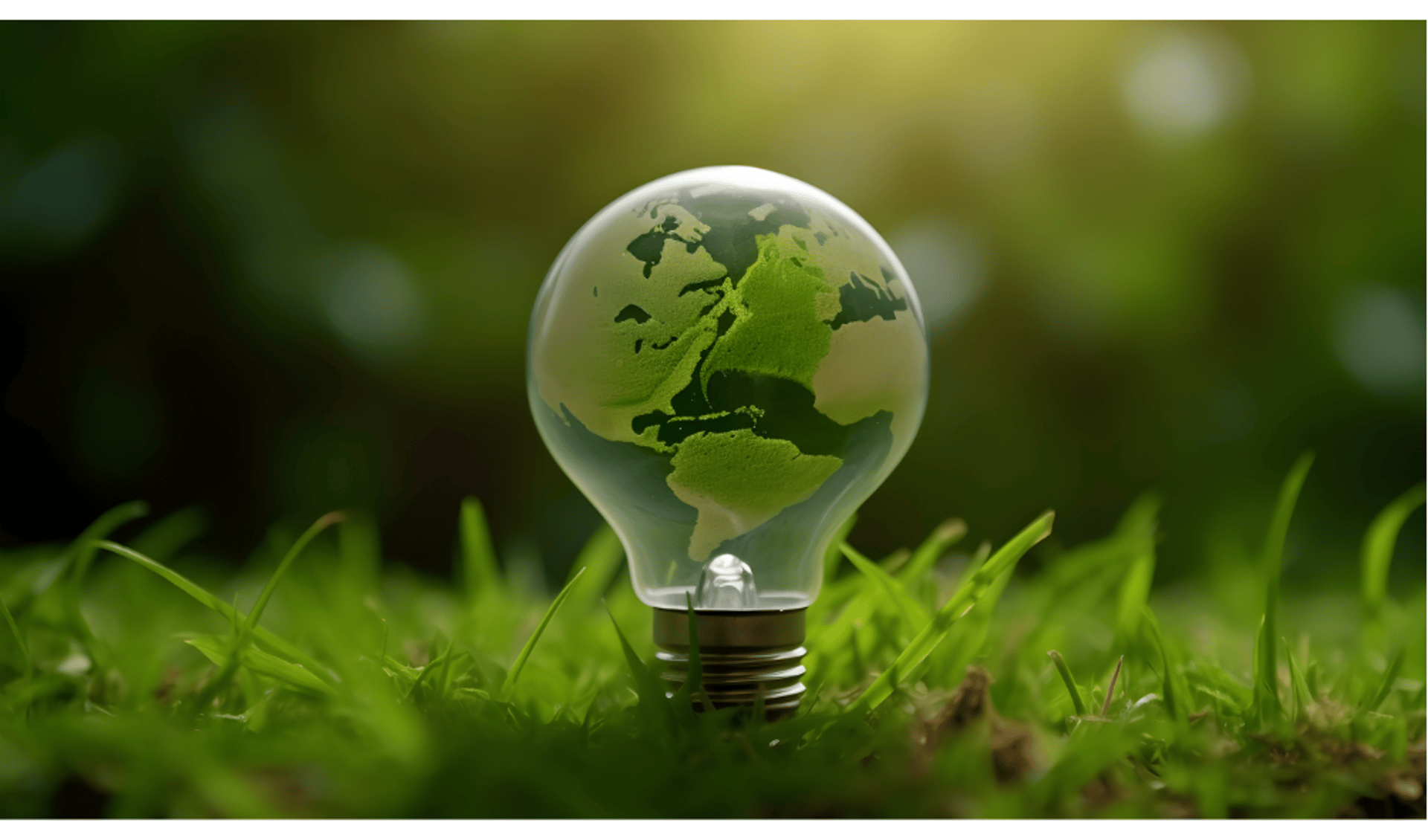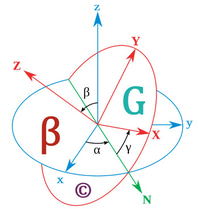Wind vs. Solar: Which Renewable Energy Source is Right for You?
As the world shifts toward cleaner and more sustainable energy solutions, wind and solar power have emerged as two of the most popular renewable energy sources. Both offer significant environmental and economic benefits, but they differ in terms of technology, installation, and suitability for specific locations. If you’re considering switching to renewable energy, you might be wondering: Which option is right for you? In this blog, we’ll compare wind and solar energy to help you make an informed decision.
ELECTRICAL ENGINEERINGSUSTAINABILITYENERGY
Engr. Benjamin V. Gonzales Jr.
3/13/20253 min read
Understanding Wind and Solar Energy
Wind Energy
Wind energy harnesses the power of wind to generate electricity using wind turbines. These turbines convert kinetic energy from the wind into mechanical power, which is then converted into electricity.
Solar Energy
Solar energy captures sunlight and converts it into electricity using photovoltaic (PV) panels or solar thermal systems. PV panels are the most common, using semiconductors to generate electricity from sunlight.
Key Factors to Consider
When deciding between wind and solar energy, consider the following factors:
1. Location
Your geographic location plays a crucial role in determining which energy source is more viable.
Wind Energy: Requires consistent wind speeds of at least 9-12 mph (14-19 km/h). Ideal locations include open plains, coastal areas, and hilltops.
Solar Energy: Requires ample sunlight. Ideal locations are regions with high solar irradiance, such as deserts or areas with long, sunny days.
Tip: Use tools like the National Renewable Energy Laboratory (NREL) maps to assess wind and solar potential in your area.
2. Space Requirements
The amount of space available can influence your choice.
Wind Energy: Wind turbines require significant space, especially for larger installations. They also need to be placed away from obstructions like buildings or trees.
Solar Energy: Solar panels can be installed on rooftops or in small ground-mounted arrays, making them suitable for urban and suburban areas.
3. Energy Output
Both wind and solar energy have different output characteristics.
Wind Energy: Wind turbines can generate electricity 24/7 if wind conditions are favorable, making them highly efficient in the right locations.
Solar Energy: Solar panels only generate electricity during daylight hours, with peak production occurring around midday. Energy storage systems (like batteries) can store excess energy for use at night.
4. Installation and Maintenance
Consider the complexity and cost of installation and maintenance.
Wind Energy: Installing wind turbines is more complex and expensive, often requiring professional installation and regular maintenance.
Solar Energy: Solar panel installation is relatively straightforward and less expensive. Maintenance is minimal, typically involving occasional cleaning and inspections.
5. Cost
The upfront and long-term costs of each system vary.
Wind Energy: Higher initial costs due to the complexity of turbine installation. However, wind turbines can generate more energy over time, potentially offsetting the initial investment.
Solar Energy: Lower upfront costs, especially for residential systems. Solar panels also qualify for tax credits and incentives in many regions.
6. Environmental Impact
Both wind and solar energy are environmentally friendly, but they have different impacts.
Wind Energy: Wind turbines can affect local wildlife, particularly birds and bats. They also produce some noise, which may be a concern in residential areas.
Solar Energy: Solar panels have minimal environmental impact, though manufacturing them involves some resource use and emissions.
Pros and Cons of Wind and Solar Energy
Wind Energy
Pros:
High energy output in windy locations.
Can generate electricity day and night.
Long lifespan (20-25 years).
Cons:
Requires consistent wind speeds.
Higher upfront costs.
Can be noisy and visually intrusive.
Solar Energy
Pros:
Works well in most sunny locations.
Lower upfront costs and easy installation.
Minimal maintenance required.
Cons:
Dependent on sunlight availability.
Requires energy storage for nighttime use.
Less efficient in cloudy or shaded areas.
Which is Right for You?
The choice between wind and solar energy depends on your specific circumstances:
Choose Wind Energy If:
You live in a windy area with consistent wind speeds.
You have ample space for turbine installation.
You’re looking for a high-energy-output solution.
Choose Solar Energy If:
You live in a sunny region with high solar irradiance.
You have limited space or want to install panels on your roof.
You prefer a lower-cost, low-maintenance option.
Hybrid Systems: The Best of Both Worlds
In some cases, combining wind and solar energy can provide the best results. Hybrid systems leverage the strengths of both technologies, ensuring a more consistent energy supply. For example:
Solar panels can generate energy during the day, while wind turbines can produce power at night or during cloudy weather.
Hybrid systems are ideal for off-grid locations or areas with variable weather conditions.
Final Thoughts
Both wind and solar energy offer significant benefits for reducing your carbon footprint and lowering energy costs. The right choice depends on your location, budget, and energy needs. By carefully evaluating these factors, you can determine which renewable energy source—or combination of sources—is best for you.
If you’re still unsure, consult with a renewable energy expert who can assess your property and recommend the most suitable solution. Whether you choose wind, solar, or a hybrid system, you’ll be taking a meaningful step toward a cleaner, more sustainable future.
By exploring the potential of wind and solar energy, you’ll not only save money but also contribute to a healthier planet. Make the switch today and embrace the power of renewable energy!





